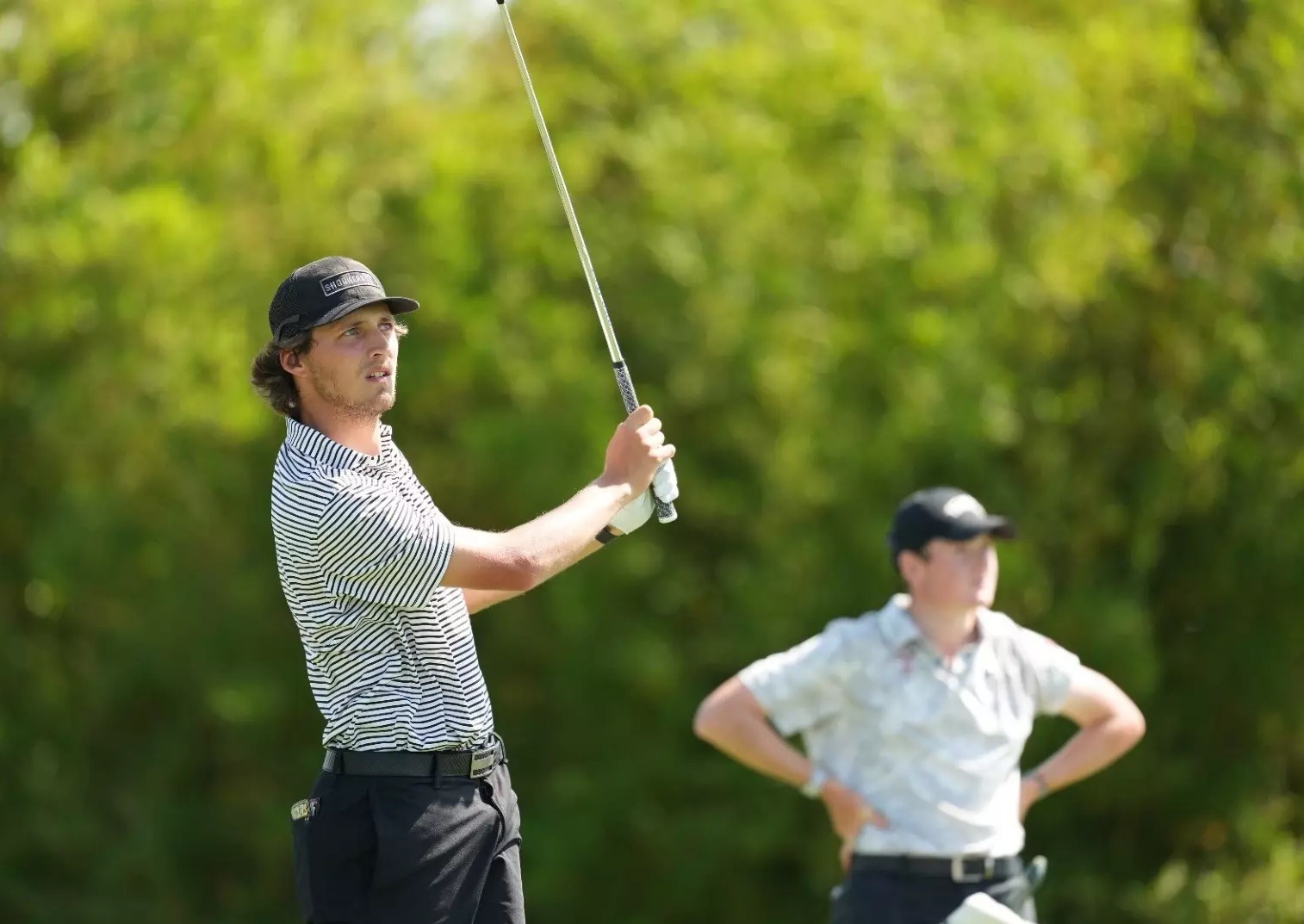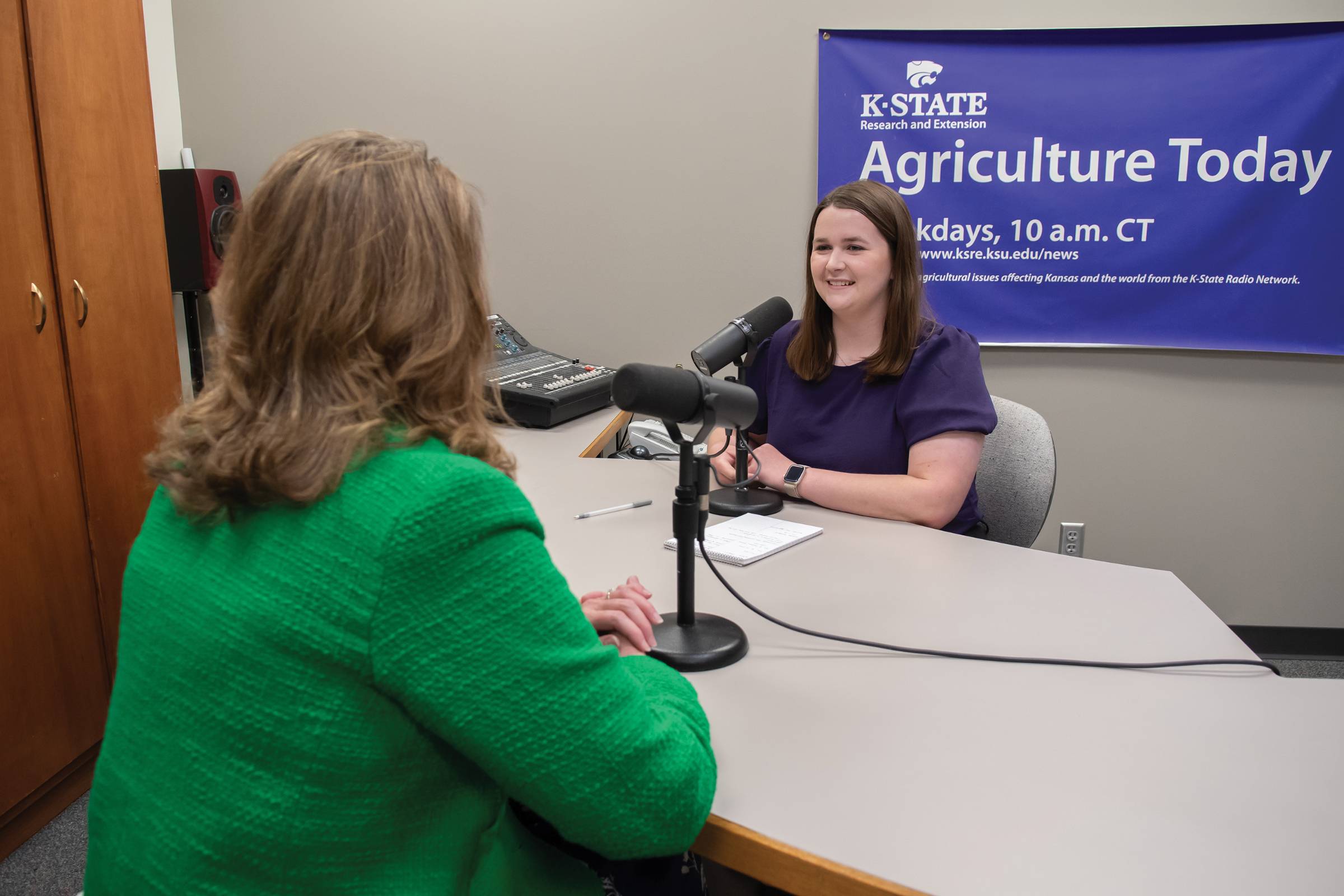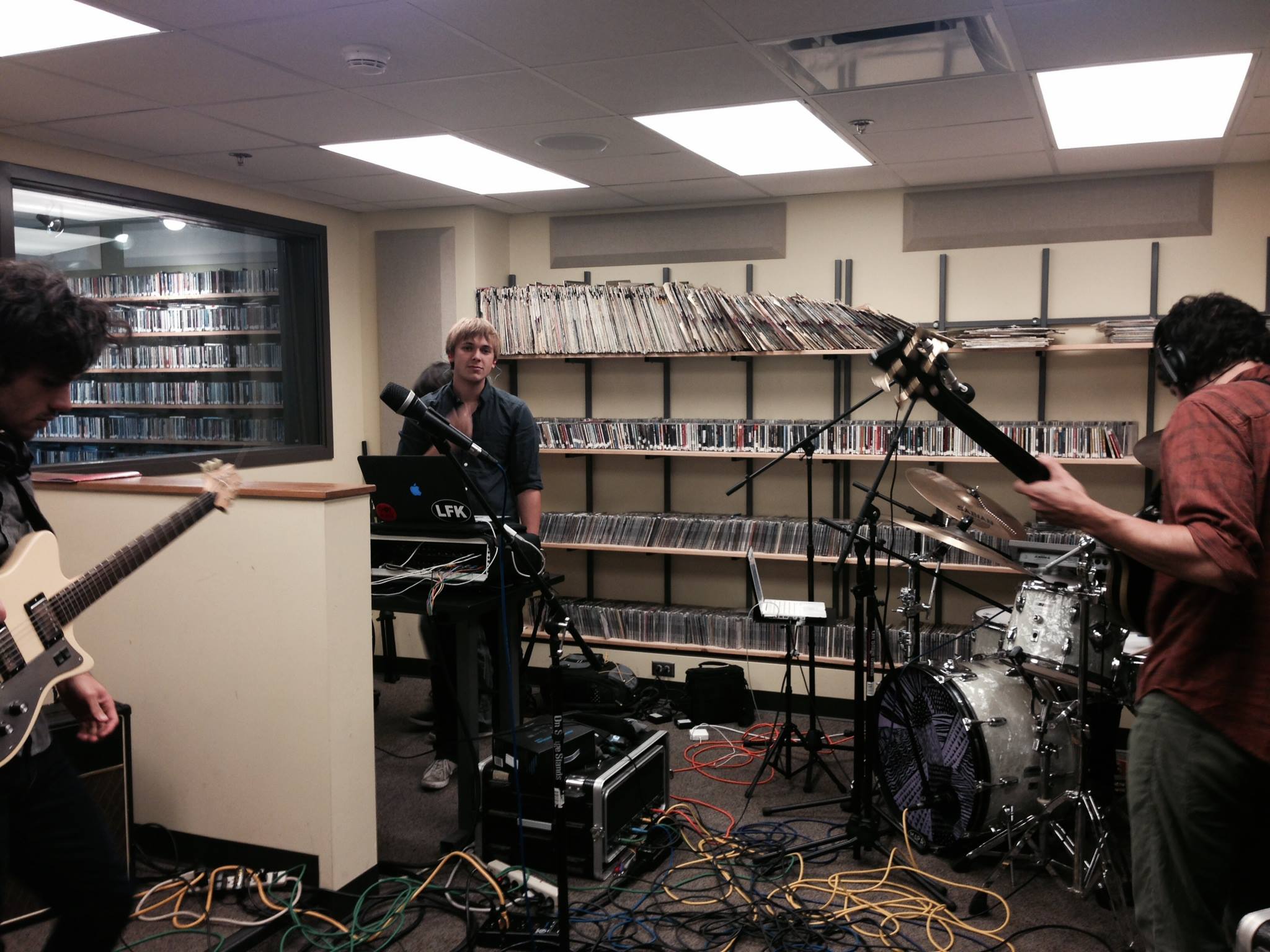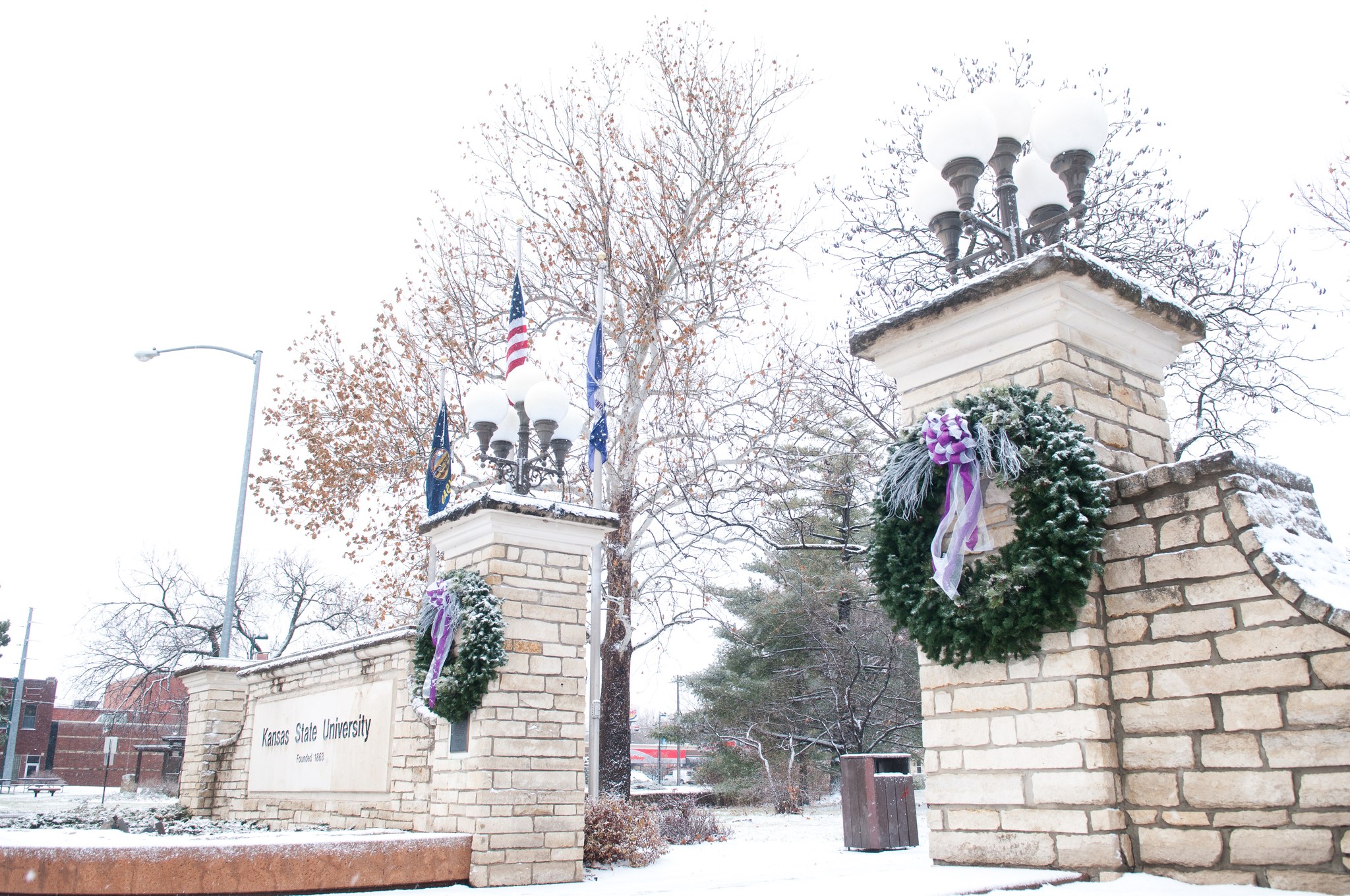Tag Archives: Kansas
- Home
- Posts tagged "Kansas"

Agriculture Radio
We’re just around the corner from construction for the Ag Innovation Initiative, beginning the week of April 9th. Mark your calendars for Demo Day with the Deans on April 15th from 11 – 1 at the corner of Mid-Campus Drive and Claflin Rd.@KSU_Foundation pic.twitter.com/lpslWu8OwQ
— K-State College of Agriculture (@kstateag) March 25, 2024
Interested in becoming an Ag Ambassador? Applications for new members are open now and will close on October 4. To become an Ag Ambassador, you need to participate in the selection process on October 14 and 17. 🔗Apply here: https://t.co/RSZghreLpA pic.twitter.com/PY2RuBP0Xo
— K-State College of Agriculture (@kstateag) September 4, 2024
Related:
National Electrical Code 2026: Article 640 Audio Signal Processing, Amplification, and Reproduction Equipment
KJHK 90.7 FM
What a view. What a place. pic.twitter.com/AOzAvxmYok
— University of Kansas (@UnivOfKansas) August 23, 2023
Talk about a perfect night to 🏈 kick off 🏈 football season. pic.twitter.com/ElqIbEjTKP
— University of Kansas (@UnivOfKansas) September 2, 2023
KU’s School of Business received a $50 million commitment from an anonymous donor — the largest donation in the school’s history. The transformative gift supports the school’s ongoing commitment to research and its student success initiatives.https://t.co/ZaohgKnVZ6
— University of Kansas (@UnivOfKansas) September 8, 2023
High Tea Wichita
This content is accessible to paid subscribers. To view it please enter your password below or send mike@standardsmichigan.com a request for subscription details.
Fanfare For The Common Man
This content is accessible to paid subscribers. To view it please enter your password below or send mike@standardsmichigan.com a request for subscription details.
“A List of Our Favorite Coffee Spots in and Around Campus”
Quinn Mink, from the Office of Undergraduate Admissions explains
Drinking from My Saucer | John Paul Moore
I’ve never made a fortune and it’s probably too late now.
But I don’t worry about that much, I’m happy anyhow.
And as I go along life’s way, I’m reaping better than I sowed.
I’m drinking from my saucer, ‘Cause my cup has overflowed.
I don’t have a lot of riches, and sometimes the going’s tough.
But I’ve got loved ones around me, and that makes me rich enough.
I thank God for his blessings, and the mercies He’s bestowed.
I’m drinking from my saucer, ’Cause my cup has overflowed.
I remember times when things went wrong, my faith wore somewhat thin.
But all at once the dark clouds broke, and the sun peeped through again.
So God, help me not to gripe about the tough rows that I’ve hoed.
I’m drinking from my saucer, ‘Cause my cup has overflowed.
If God gives me strength and courage, when the way grows steep and rough.
I’ll not ask for other blessings, I’m already blessed enough.
And may I never be too busy, to help others bear their loads.
Then I’ll keep drinking from my saucer, ‘Cause my cup has overflowed.
 |
 |
Wichita State University Net Position June 2024: $436,274,062
The best and most beautiful part of America. pic.twitter.com/0fqKBaU3J7
— 𝗘𝗙𝗕 (@ElFrijolBlanco) August 7, 2024
A Night in the Emergency Department
“Portrait of a Nurse from the Red Cross” 1915
Gabriel Émile Édouard Nicolet https://t.co/z0WiB6z8r0 pic.twitter.com/0ffD4iWW6N— Standards Michigan (@StandardsMich) May 4, 2022
High Tea
The Idea of a University: John Henry Newman
This tradition has its origins in England during the 18th and 19th centuries. In the 18th century, the working class would have a substantial meal in the evening after finishing work, and this meal became known as “high tea” because it was eaten at a high, dinner table. It typically included hearty dishes such as meat pies, cold cuts, and other substantial fare.
On the other hand, the upper classes would have a lighter afternoon tea, usually served on low tables. This afternoon tea included finger sandwiches, scones, pastries, and, of course, tea. This more delicate tea was later referred to as “low tea” or “afternoon tea.”
Over time, the distinction between high tea and afternoon tea blurred, and today the term “high tea” is often misused to describe an elegant afternoon tea. However, the original high tea was a working-class meal, while afternoon tea was a more refined social event among the upper classes.
New update alert! The 2022 update to the Trademark Assignment Dataset is now available online. Find 1.29 million trademark assignments, involving 2.28 million unique trademark properties issued by the USPTO between March 1952 and January 2023: https://t.co/njrDAbSpwB pic.twitter.com/GkAXrHoQ9T
— USPTO (@uspto) July 13, 2023
Standards Michigan Group, LLC
2723 South State Street | Suite 150
Ann Arbor, MI 48104 USA
888-746-3670



















